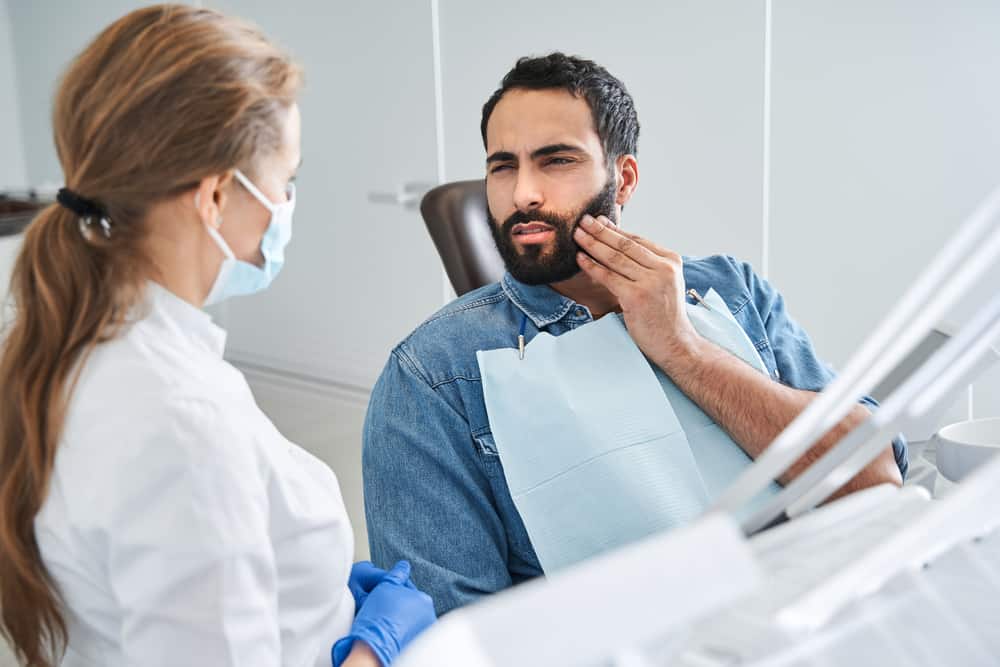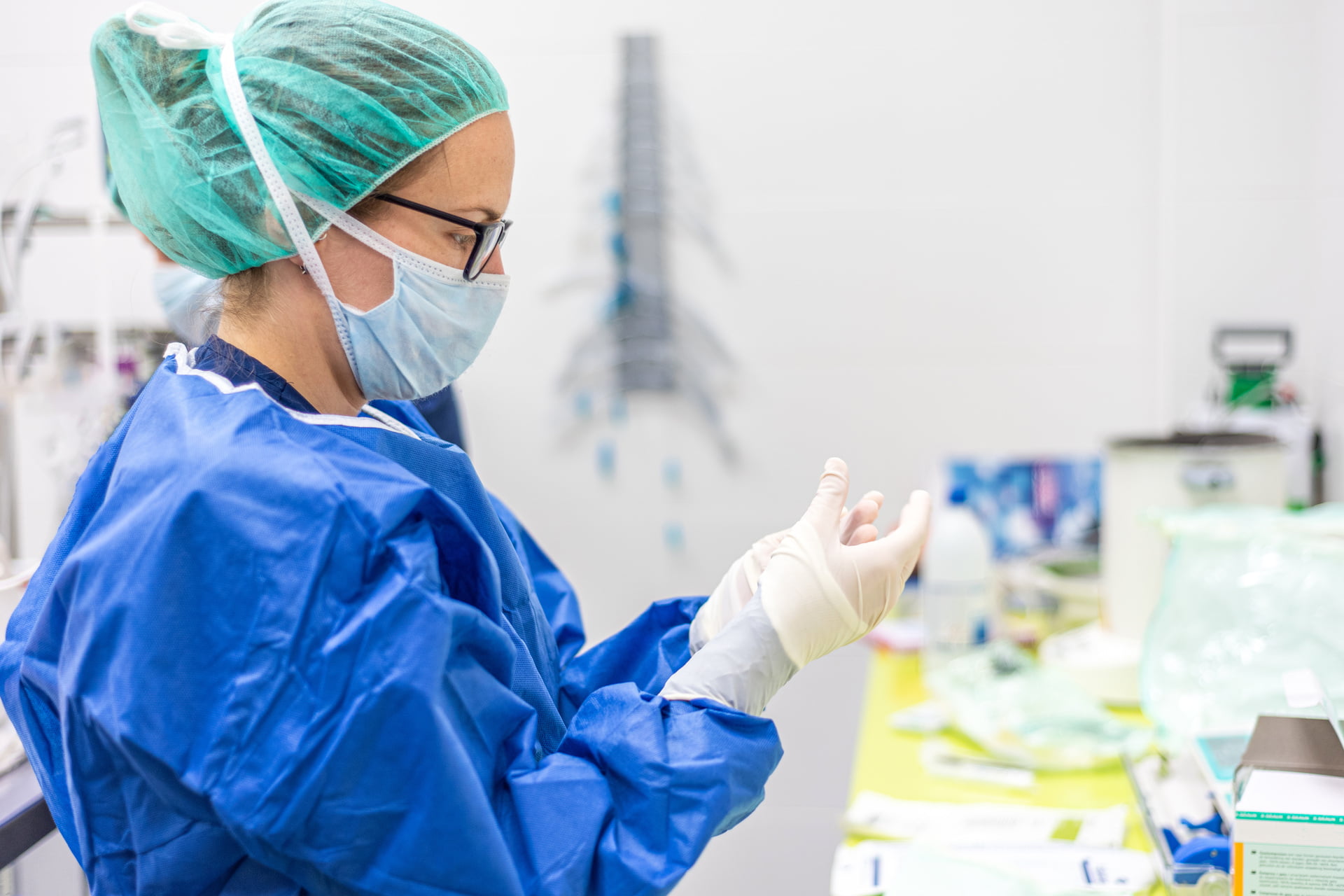Mouth Larva: Understanding the Uncommon Condition and Its Management


Introduction
The human body is a remarkable, complex entity that can sometimes surprise us with the myriad of health conditions it can develop. One such uncommon and bewildering condition is mouth larva.
While most people are familiar with parasites infecting various parts of the body, having a larva infestation in the mouth is a rare and unusual occurrence. In this article, we will delve into the intricacies of this condition, discussing its causes, symptoms, diagnosis, and, most importantly, its management.
Understanding Mouth Larva
Mouth larva, scientifically known as oral myiasis, is a parasitic infestation where the larvae of certain fly species invade and develop within the oral cavity. This condition is relatively rare, and its occurrence can be attributed to various factors, including poor oral hygiene, compromised immunity, or exposure to unsanitary conditions.
While the condition is uncommon, it is essential to recognize the symptoms and seek timely medical attention for proper management.
The Causes of Mouth Larva
Poor Oral Hygiene
Inadequate oral hygiene can create an environment conducive to the development of mouth larvae. The accumulation of food particles and debris in the mouth can attract flies, which lay their eggs in the oral cavity.
Compromised Immunity
Individuals with weakened immune systems, such as those suffering from chronic illnesses or taking immunosuppressive medications, are more susceptible to oral myiasis.
Living in Unsanitary Conditions
People living in unhygienic environments, or those with limited access to clean water and sanitation facilities, are at a higher risk of developing oral myiasis.
Dental Issues
Mouth larva can also be associated with dental problems, such as gum disease, cavities, or injuries, which can create entry points for fly eggs.
Symptoms of Mouth Larva
The symptoms of mouth larvae can vary depending on the stage of infestation. Common signs and symptoms include:
Pain and Discomfort
Patients may experience pain, irritation, and discomfort in the affected area, making it difficult to eat and speak.
Swelling and Inflammation
Swelling of the affected area, often accompanied by redness and inflammation, is common.
Bleeding Gums
In some cases, mouth larvae can cause bleeding gums, leading to oral bleeding.
Movement Sensation
Patients may feel a crawling or movement sensation in the mouth, which is a distinct symptom of the condition.
Halitosis (bad breath)
Mouth larvae can contribute to bad breath due to the decaying matter left by the larvae.
Diagnosis of Mouth Larva
Diagnosing mouth larva typically involves a thorough examination by a dentist or an oral healthcare specialist. The healthcare provider may use various instruments to locate and extract the larvae.
Medical imaging, such as X-rays, may be employed to determine the extent of the infestation. Additionally, identification of the species of fly larvae involved can provide valuable information for treatment and prevention.
Management and Treatment
Treatment of mouth larvae is essential to alleviate symptoms and prevent complications. The following steps are typically involved in managing oral myiasis:
Removal of Larvae
The primary goal of treatment is to remove the larvae from the affected area. This is usually done through physical extraction by a healthcare provider using forceps or other specialized instruments.
Oral Hygiene Improvement
Patients are advised to maintain good oral hygiene by brushing, flossing, and using an antiseptic mouthwash regularly.
Antibiotics
In cases of infection or tissue damage, antibiotics may be prescribed to prevent secondary bacterial infections.

Underlying Condition Management
If mouth larva is associated with an underlying health condition, such as diabetes or immunosuppression, the management of that condition is crucial.
Preventive Measures
Preventing a recurrence of mouth larva involves maintaining proper oral hygiene, avoiding exposure to unsanitary conditions, and seeking prompt treatment for any dental problems.
Conclusion
Mouth larva, or oral myiasis, is an uncommon but intriguing condition that can have a significant impact on an individual’s oral health. While it may be a rare occurrence, understanding the causes, symptoms, diagnosis, and management of this condition is crucial.
Timely intervention, proper oral hygiene, and addressing any underlying health issues are key to preventing and effectively managing mouth larva. If you suspect you have mouth larvae or are experiencing any of the associated symptoms, it is vital to seek immediate medical attention to ensure proper treatment and recovery.









